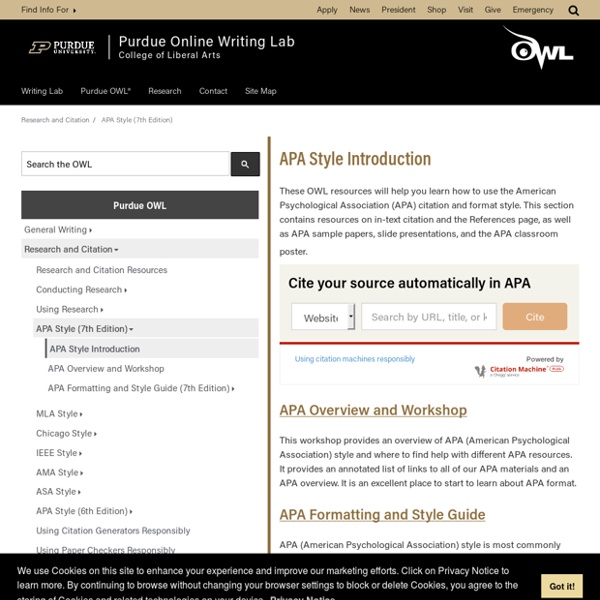Citation Machine
It’s been a while, but the American Psychological Association (APA) recently released the new 7th edition of the Publication Manual! It outlines the APA citation format rules that millions of writers and students use to make references in research projects and papers. This citation formatting system is most often used in science, psychology, and social science courses, and is one of the most popular citation styles on CitationMachine.net. The staff at Citation Machine is in the process of adjustmenting APA style offerings.
How to Write an Abstract in APA: 14 Steps
wikiHow is a “wiki,” similar to Wikipedia, which means that many of our articles are co-written by multiple authors. To create this article, 17 people, some anonymous, worked to edit and improve it over time. This article has been viewed 673,608 times. Co-authors: 17
General Format // Purdue Writing Lab
Note: This page reflects the latest version of the APA Publication Manual (i.e., APA 7), which released in October 2019. The equivalent resource for the older APA 6 style can be found here. Please use the example at the bottom of this page to cite the Purdue OWL in APA. You can also watch our APA vidcast series on the Purdue OWL YouTube Channel. General APA Guidelines Your essay should be typed and double-spaced on standard-sized paper (8.5" x 11"), with 1" margins on all sides.
Avoiding Plagiarism Tutorial
<hr><p><b>You must have javascript enabled to view this website. Please change your browser preferences to enable javascript, and reload this page.</b></p><hr> Avoiding Plagiarism Tutorial
5-Minute Film Festival: Copyright and Fair Use for Educators
I absolutely love it when teachers and students create, remix, and mash up media; it's a fantastic way to encourage deeper learning and media literacy. But one issue that complicates digital freedom of expression is copyright law. While many would argue that copyright law is outdated and badly in need of an overhaul, it's still critical that adults and kids alike have a basic understanding of what's legal and ethical while playing with other people's intellectual property. Here's a list of videos I collected to help you navigate the murky waters of copyright law in educational settings.
Copyright with Cyberbee
HTML 5 Version Everything on the Net is public domain. Right?
U.S. Copyright Office: TEACH Act (Senate)
United States Senate 107th Congress, 1st Session March 13, 2001 Technology, Education and Copyright Harmonization (“TEACH”) Act (S. 487) The Copyright Office is pleased to present its views on S. 487, the Technology, Education and Copyright Harmonization ("TEACH") Act. This important legislation updates sections 110(2) and 112 of the Copyright Act to allow the same activities to take place using digital delivery mechanisms that were permitted under the policy balance that was struck by Congress when the law was enacted in 1976, while introducing safeguards to minimize the additional risks to copyright owners that are inherent in exploiting works in a digital format.
The Original TEACH Act Toolkit
Welcome to the new home of the original "TEACH Act Toolkit" created in 2003 to facilitate understanding and application of the then new "Technology, Education, and Copyright Harmonization Act (TEACH Act)", passed in 2002. TEACH was intended to update the section of the copyright act (specifically, Section 110(2)) most applicable to online digital course. Thus, TEACH is not a separate or additional copyright law; it simply replaces an already existing section. TEACH, or more accurately, Section 110(2), is triggered whenever the performance or display of a copyrighted work is transmitted.
How to Cite an Image in APA Style
This article reflects the APA 7th edition guidelines. Click here for APA 6th edition guidelines. An APA image citation includes the creator’s name, the year, the image title and format (e.g. painting, photograph, map), and the location where you accessed or viewed the image. When you include an image or photo in your text, as well as citing the source, you must also present it as a figure and include any copyright/permissions information. You can create your citations automatically with Scribbr’s free APA citation generator.



